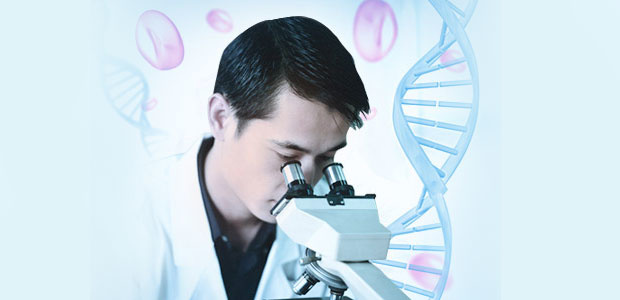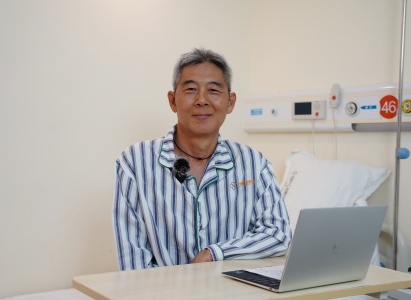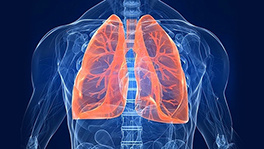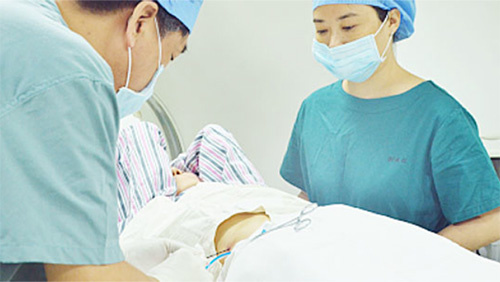 Views:176
Views:176 2024-08-08
2024-08-08 Share
Share
Applicable diseases:
Lung cancer, breast cancer, gastric cancer, non-Hodgkin's lymphoma, etc.Technology advantages:
Precise targeting of tumor site, long drug effect time, high lethality without damaging normal tissues

1. Cancer: a molecular network disease
An important feature of malignant tumor cells is that due to the instability of their genome, new mutant cells are constantly generated during the continuation of cell division, and a population of mutant cells with different biological characteristics appears in tumor cells. Mutant genes in tumors are not only numerous and functionally complex, but also in a dynamic biological network.
In the cell, interconnected genes/proteins form a complex cellular network, including signaling pathways, gene regulatory networks and metabolic networks. Mutated genes have different positions in the cellular network and may have different impacts on the network, and different network structures have different tolerances to mutations. In this sense, tumor is actually a molecular network disease, and the degree of abnormality and complexity of the molecular network determines the malignant phenotype of the tumor and individual differences.
2. Mechanism
Gene-targeted therapy is to design corresponding therapeutic drugs for the cancer-causing site that has been clearly identified (the site can be a protein molecule inside the tumor cell or a gene fragment), and the drugs will enter the body to specifically select the cancer-causing site to combine with the action, so as to make the tumor cells die specifically without affecting the normal tissue cells around the tumor, in simple words, it is a method to find the tumor target - a certain gene, and then eliminate it. In short, this is a method to find the tumor target - a certain gene, and then eliminate it.
Gene-targeted therapy aims at the root cause of the disease - the abnormal gene itself, and is the "cure" therapy for cancer.
Cancer is a group of diseases in which the body's normal self-regulatory mechanisms no longer control the growth of some kinds of cells. Cells are frequently exposed to a variety of agents, from both external and internal sources, which damage DNA. Even minor DNA damage can have profound effects, causing certain genes to become overactive, to undergo partial or complete inactivation, or to function abnormally. Genes control a number of protective pathways in cells that prevent cells from becoming cancerous.
For example, pathways that transmit signals for a cell to divide have on-off switches to control cell division. Cells also have mechanisms that allow them to determine if their DNA has been damaged, and they have pathways to repair that damage or eliminate the cell. The failure of any of these protective pathways can lead to the development of cancer.
3. Gene targeted therapy VS surgery & chemoradiotherapy
*Gene targeted therapy: Targeting key cancer-causing sites (e.g., enzymes, proteins, receptors, etc.) in the growth of cancer cells and "launching missiles" to kill the growth of cancer cells specifically.
*Surgery: Traumatic and easy to recur and cause complication
*Traditional chemotherapy and radiotherapy: Toxic treatment, high toxicity and side effects, kills both bad cancer cells and normal cells
4. Process of gene-targeted therapy
(1)Acquisition of therapeutic genes
(2)Selection of gene carriers
(3)Selection of target cells
(4)Gene transfer method
(5)Selection and identification of transduced cells
(6)Retransfusion in the body
5. Advantages
(1)Make the drug aim at the tumor site, with high targeting;.
(2)Preserve relatively high drug concentration locally.
(3) Prolonging the time of drug action.
(4) Improve the killing power of tumor cells.
(5)No damage to normal tissues, reducing patients' pain and complications.
(6)Non-cytotoxic, effective, low toxicity, high tolerance.
(7)It can be used alone or in combination, and has better effect when combined with conventional treatment (chemotherapy and radiotherapy).
 Prostate cancer
Prostate cancer- Mr.Chen
- Malaysiamore than 1 year
Mr.Chen was diagnosed prostate cancer, the local doctor suggested him to undergo a direct resection, but Mr.TING wanted to live a life like normal peop...


 (MY)+60 10-898 8919
(MY)+60 10-898 8919
























